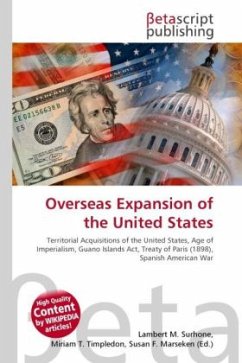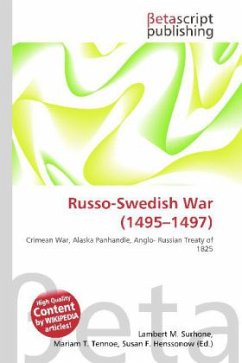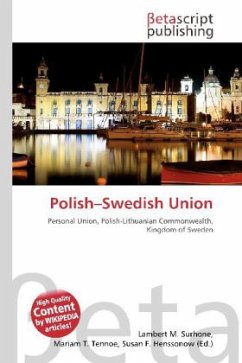Please note that the content of this book primarily consists of articles available from Wikipedia or other free sources online. By the middle of the 17th century, the Swedish Empire had reached its greatest territorial extent. The Swedes sought to extend their influence by creating an agricultural (tobacco) and fur trading colony to bypass French, British and Dutch merchants. The charter included Swedish, Dutch and German stockholders. Once they landed they established, Fort Christina (now Wilmington, Delaware), named after Queen Christina of Sweden. Many of the settlers were Finnish; since until 1809 Finland was governed as the eastern third of the kingdom of Sweden. The settlement was actually an invasion of New Netherland since it was Dutch territory. The founder and first governor, Peter Minuit, had been Director-General of New Netherland from 1626 to 1633. Disgruntled after being dismissed from his post, he led a Swedish expedition to a location which he knew to be strategicas well as a thorn in the side of his former employers. Minuit died on a return trip from Stockholm in a hurricane near the Caribbean island of Saint Kitts. The colony would establish Fort Nya Elfsborg north of present-day Salem, New Jersey in 1643.








